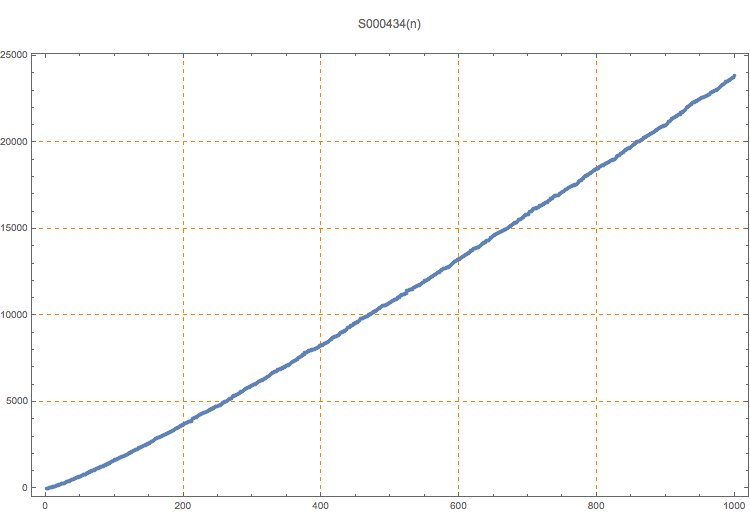Conjectured value of the conductor of prime(n), prime(n+1), prime(n+2),....
2, 5, 10, 17, 28, 36, 50, 64, 66, 86, 96, 106, 122, 136, 146, 170, 176, 188, 204, 210, 222, 254, 266, 274, 290, 302, 306, 320, 352, 370, 388, 404, 408, 426, 446, 474, 486, 496, 518, 530, 546, 552, 568, 612, 616, 636, 640, 672, 680, 694, 704, 726, 748, 782
1
It appears that the conductor beginning with prime(n) requires fewer than 2*n arguments to converge. Sequence S000435 gives the number of iterations for each n. See the Bessoud and Wagon book for more information about the conductor.
T. D. Noe, Plot of 1000 terms
T. D. Noe, Table of 1000 terms
David Bessoud and Stan Wagon, A Course in Computational Number Theory, Key College Publishing, 2000.
(Mma) Needs["CNT`”]; nn = 50; Table[p = Prime[Range[n, 4*n]]; Conductor[p], {n, nn}]
nonn
T. D. Noe, Dec 27 2014
